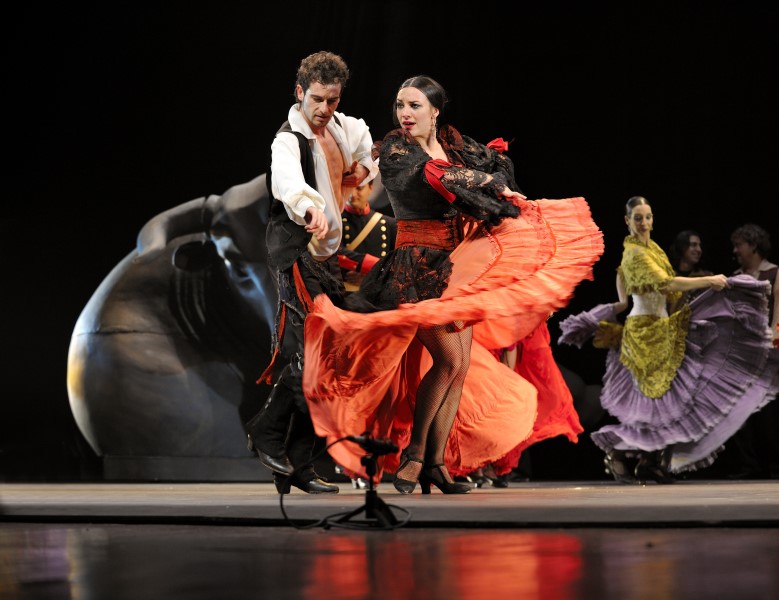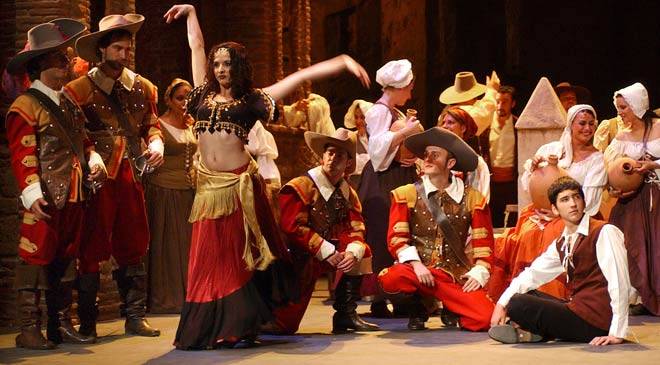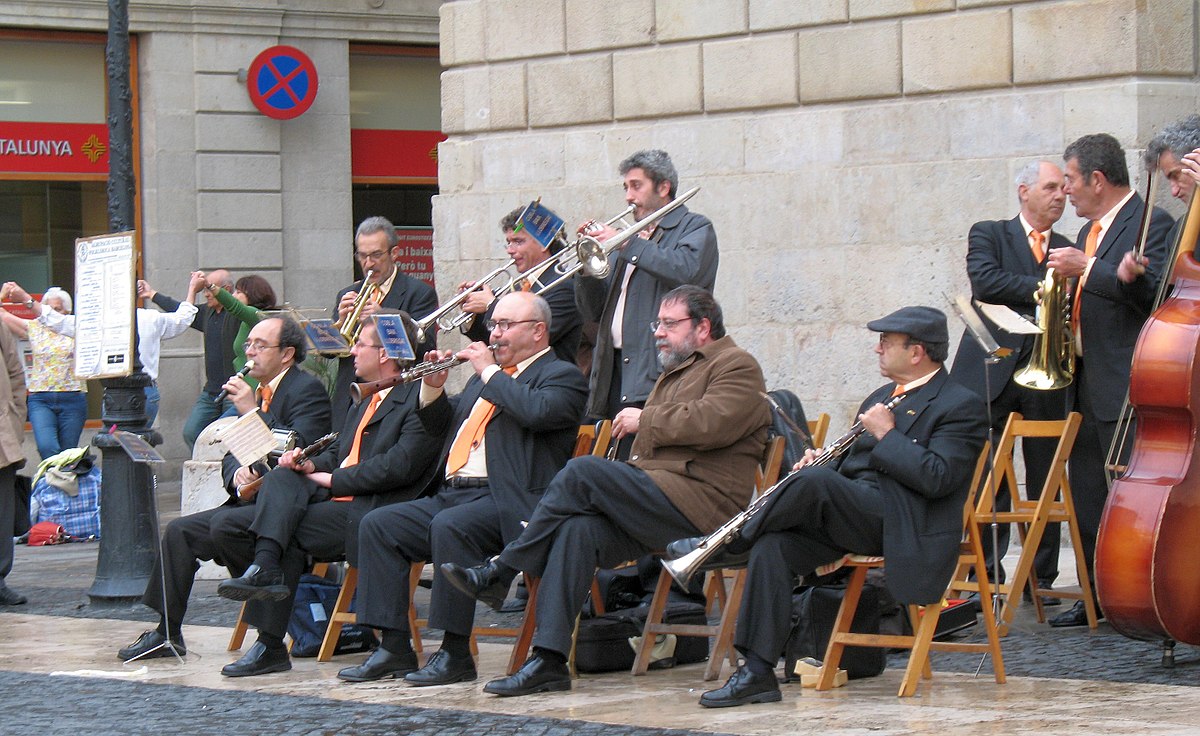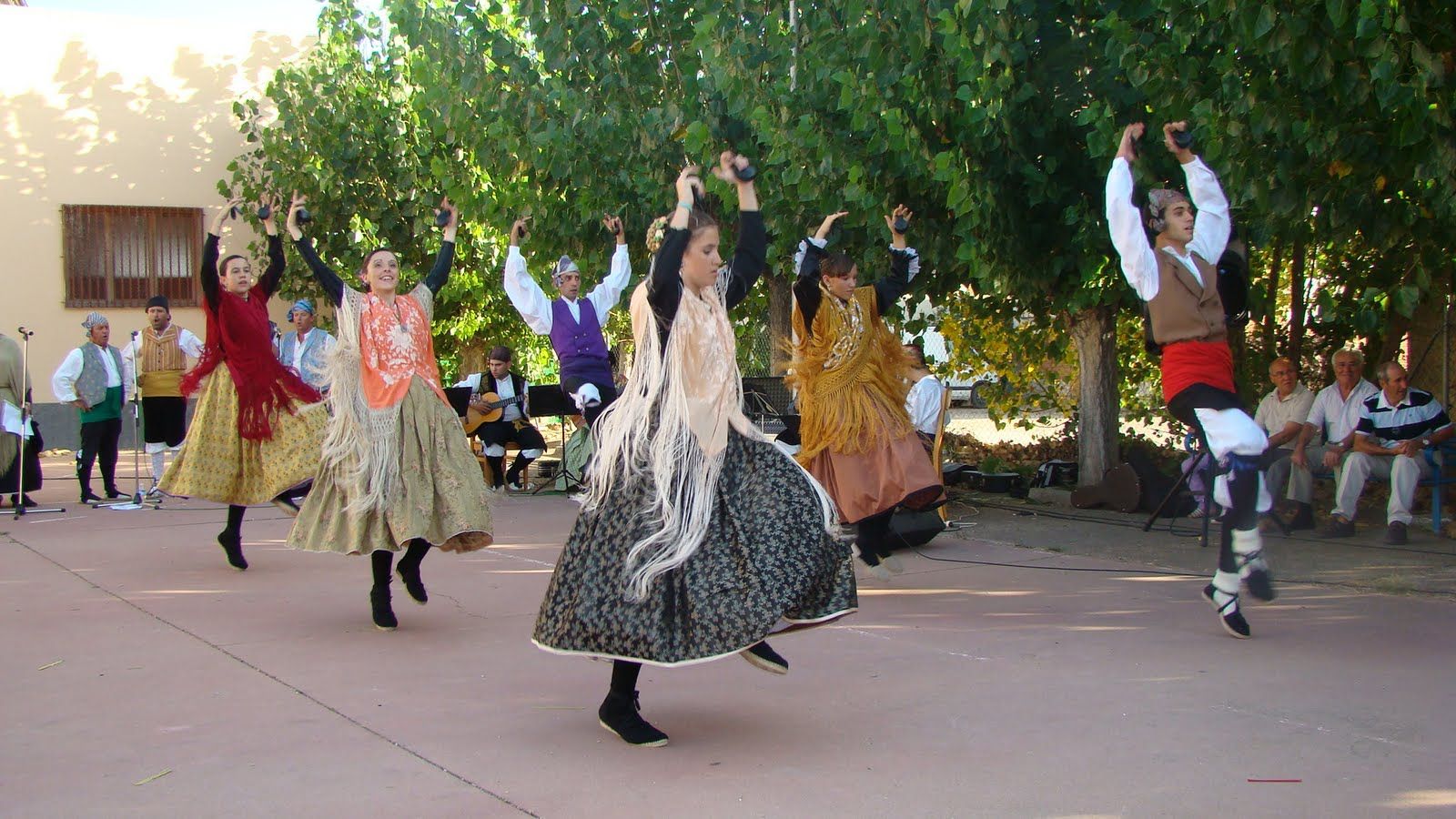Travelling to Spain? Spanish Dance and Music forms to witness
The music was introduced to Spain when the Roman culture was dominant. The modern classical guitar and its baroque predecessor were invented in Spain. The music of Spain has a long history. It has played an important role in the development of Western music, and has greatly influenced Latin American music. Spanish music is often associated with traditional styles such as flamenco and classical guitar. Music is very important in Spain because it expresses the culture and customs of the people. Let’s learn more about Spanish music that is often accompanied with dance.

Do you have similar website/ Product?
Show in this page just for only
$2 (for a month)

0/60
0/180
Travelling to Spain? Spanish Dance and Music forms to witness




The music was introduced to Spain when the Roman culture was dominant. The modern classical guitar and its baroque predecessor were invented in Spain. The music of Spain has a long history. It has played an important role in the development of Western music, and has greatly influenced Latin American music. Spanish music is often associated with traditional styles such as flamenco and classical guitar. Music is very important in Spain because it expresses the culture and customs of the people. Let?s learn more about Spanish music that is often accompanied with dance.
The types of art forms predominant in Spain are-
The Zarzuela
The Cobla
The Jota
The flamenco

The Zarzuela- Zarzuela is a Spanish opera form that alternates between spoken and sung scenes; it is presented along with popular music, and folk. This music comes from the Palacio de la Zarzuela, near Madrid, when it was presented as a type of entertainment to the court. Zarzuela spread to the Spanish colonies, and many Hispanic countries ? notably Cuba ? developed their own traditions. There is also a strong tradition in the Philippines where it is also known as sarswela/sarsuela. La Zarzuela came into existence in 1657 at the Royal Palace of El Prado, King Philip IV of Spain.

The Cobla- It is a traditional music style of Catalonia and Northern Catalonia in France. It is generally used to accompany the Sardana, a traditional Catalan folk dance, danced in a circle. The modern Cobla normally consists of 11 players and the playing formation has two rows. The front row has the flabiolist (with pipe and drum) and the four players with double-reed woodwinds. The back row, often raised, has the second and first trumpets, the trombone, and the first and second fiscorns. The double bass player, often standing, is on the right of the band. The cobla contrasts vividly with the different musical traditions.

The Jota- It's music with a guitar, castanets, tambourines, and flute. It is a genre of music and associated dance known throughout Spain, originally from Aragon. It varies by region, having a characteristic shape in Aragon, Catalonia, Castile, Navarra, Cantabria, Asturias, Galicia, La Rioja, Murcia and Eastern Andalusia. Being a visual representation, the jota is accompanied by castanets, and the performers tend to wear regional costumes. In Valencia, the jota was performed once during the burial ceremonies.

The flamenco- It is one of the most famous dance and music form known all over the world. You will find flamenco performances on the streets, bars, restaurants and in Spanish gatherings. Flamenco is a professionalized art form based on the diverse traditions of folk music of the south of Spain in the autonomous communities of Andalusia. It includes singing, guitar, dance, vocalizations and applause of choirs, clapping and snapping fingers. Paco de Lucia is one of the most famous flamenco guitarists.

CONTINUE READING
Spanish Dance forms
Travel Spain
Travel Guide for Spain
Things to do in Spain
Flamenco
Jota
Cobla
Zarzuela
Internet
News
International
Lifestyle
Sandee Semwal
Content Writer
